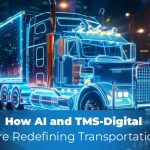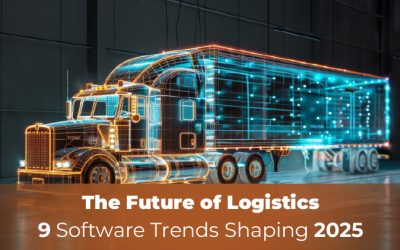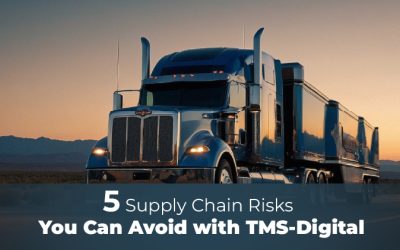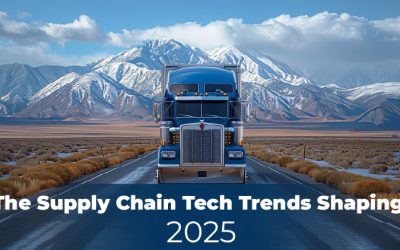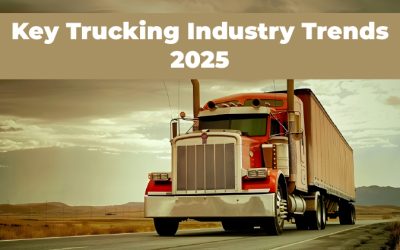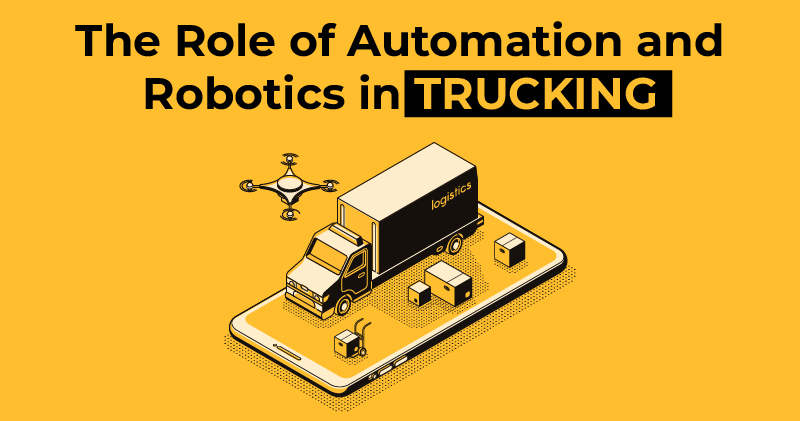
Amid a technological revolution, the trucking industry is experiencing a paradigm shift propelled by automation and robotics. This blog explores the transformative journey of trucking, where cutting-edge technologies promise unparalleled efficiency, safety, and sustainability. Each facet contributes to reshaping the industry from the historical evolution of automation in transportation to the current applications such as autonomous trucks, intelligent logistics, and robotic assistance. While highlighting the benefits of increased efficiency and reduced errors, it delves into the challenges surrounding safety concerns and the potential impact on the workforce. Navigating through the regulatory landscape and addressing ethical considerations, this blog provides a concise yet comprehensive overview of how automation and robotics are redefining the future of trucking.
The Evolution of Automation in Trucking
The evolution of automation in trucking traces its roots from the basic mechanical systems of the mid-20th century, such as cruise control, progressing to the computerization era in the 1980s and 1990s with electronic control modules and driver assistance systems. Recent technological advancements, including GPS navigation and autonomous vehicle technologies, have revolutionized the industry.
While these innovations brought benefits like improved safety and efficiency, challenges such as high implementation costs and job displacement concerns accompanied the transformative journey. Understanding this historical perspective sets the stage for exploring the current applications and future implications of automation in the trucking industry.
Current Applications of Automation and Robotics in Trucking
The current landscape of automation and robotics in trucking is characterized by transformative applications. Autonomous trucks, equipped with advanced technologies like lidar and AI, promise enhanced safety, fuel efficiency, and delivery optimization. In logistics and supply chain management, automation plays a pivotal role in route planning, vehicle monitoring, and real-time tracking, ensuring streamlined operations, reduced costs, and improved inventory management.
Beyond driving, robotics finds application in truck maintenance, performing routine tasks, and even autonomous loading and unloading operations, thereby increasing operational efficiency. These applications collectively represent a paradigm shift in the trucking industry, showcasing a commitment to innovation that optimizes safety, logistics, and overall operational standards.
The Impact on Efficiency and Safety
The integration of automation and robotics in the trucking industry has ushered in a transformative era, significantly impacting both efficiency and safety. In terms of efficiency, autonomous trucks equipped with advanced technologies such as artificial intelligence and real-time data processing have the potential to revolutionize the transportation of goods. These vehicles offer optimized route planning, adaptive cruise control, and precise delivery timelines, resulting in increased operational efficiency and reduced transportation costs. Additionally, automation in logistics and supply chain management ensures streamlined processes, minimizing delays and enhancing overall efficiency throughout the supply chain.
In tandem with efficiency improvements, the incorporation of automation has profound implications for safety within the trucking sector. Automated systems, including collision detection and lane-keeping assistance, mitigate the risk of human errors, a leading cause of accidents. The ability of autonomous trucks to maintain consistent speeds, avoid distractions, and adhere to traffic regulations enhances overall road safety. Furthermore, real-time monitoring and communication technologies contribute to a proactive approach to identifying potential hazards and addressing them promptly. As the industry continues to embrace these technological advancements, the synergistic impact on efficiency and safety underscores the transformative potential of automation and robotics in the trucking landscape.
Workforce Considerations
The integration of automation and robotics in the trucking industry brings forth a pivotal aspect: workforce considerations. As technologies advance and autonomous vehicles become more prevalent, there are concerns about the potential impact on trucking jobs. While automation holds the promise of reducing human errors and increasing operational efficiency, it also raises questions about the displacement of traditional trucking roles.
The industry faces the challenge of ensuring a smooth transition for the workforce, necessitating proactive measures for upskilling and retraining. Initiatives to equip truck drivers with the skills needed to operate and monitor autonomous systems can help bridge the gap between traditional and automated roles.
The coexistence of human and automated roles within the industry is an emerging paradigm, emphasizing the need for a collaborative and adaptable workforce that can navigate the evolving technological landscape. Striking a balance between harnessing the benefits of automation and safeguarding employment opportunities for the workforce remains a critical consideration in the ongoing transformation of the trucking sector.
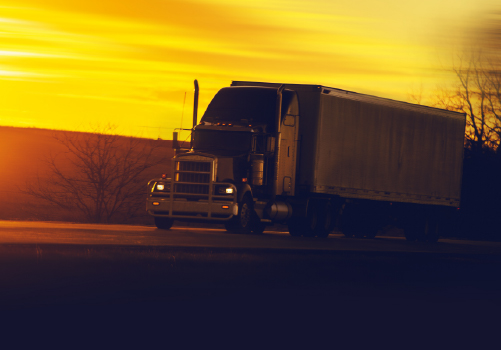 Technological Challenges and Solutions
Technological Challenges and Solutions
In navigating the integration of automation and robotics in trucking, various technological challenges emerge, demanding innovative solutions for sustained progress. Technological hurdles, such as ensuring seamless connectivity between autonomous vehicles, addressing interoperability issues, and developing robust cybersecurity measures, stand as critical barriers to the widespread adoption of automation. Solutions to these challenges require collaborative efforts from industry stakeholders, policymakers, and technology developers to establish standardized protocols and frameworks.
Environmental and Sustainability Impacts
Simultaneously, the environmental and sustainability impacts of automation in trucking are a growing focus. As autonomous vehicles and advanced logistics systems become widespread, there is potential for positive environmental outcomes. Fuel efficiency improvements, reduced emissions, and the integration of electric and autonomous technologies contribute to the industry’s commitment to environmental sustainability. However, careful consideration and monitoring are required to ensure that these advancements align with broader environmental goals and mitigate potential negative impacts.
Future Outlook
Looking forward, the future outlook for automation and robotics in trucking is marked by continued innovation and evolution. Emerging trends include the refinement of existing technologies, increased adoption of electric and autonomous vehicles, and the exploration of novel applications such as platooning and drone-assisted logistics. The industry is poised for a dynamic transformation, with ongoing research and development shaping the next wave of advancements. Ethical considerations, societal implications, and the establishment of comprehensive regulatory frameworks will play a crucial role in determining the trajectory of the trucking sector as it navigates the complexities of a technologically driven future. As the industry embraces these challenges and opportunities, the future outlook promises a landscape where automation and robotics redefine the norms of efficiency, safety, and sustainability in trucking.
Conclusion
As the trucking industry undergoes a profound transformation through the integration of automation and robotics, it is evident that the evolution of technology is reshaping the very fabric of logistics. Navigating the historical roots, current applications, and future implications of automation in trucking reveals a landscape marked by innovation, efficiency, and safety improvements. Amid these advancements, TMS-Digital stands out as a leading provider of Trucking Software and Solutions, exemplifying a commitment to embracing new technologies.
TMS-Digital’s position as a top-tier solution provider underscores its dedication to staying at the forefront of industry evolution. With a focus on optimizing logistics, their comprehensive Trucking Management System (TMS) integrates seamlessly with the advancements in automation, providing a robust platform that adapts to the dynamic needs of the modern trucking ecosystem.
As the industry strides into the future, stakeholders must collaborate, adapt, and embrace the opportunities presented by automation and robotics. TMS-Digital, with its innovative solutions, exemplifies this collaborative spirit, paving the way for a more connected, efficient, and sustainable trucking industry. Embrace the evolution, leverage technology, and collectively drive the industry towards a future where automation and robotics redefine the standards of excellence in trucking. Join TMS-Digital today!




